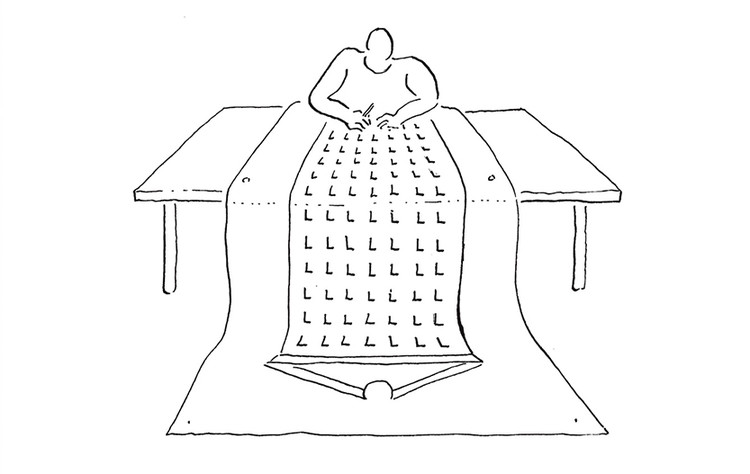
When Louis Sullivan rang in the era of the skyscraper at the turn of the 20th century, the vertically soaring building—with its views and elevators—was unthinkably cutting edge. By the fifties, the dense downtown had experienced its moment in the sun and endless suburban sprawl began to surround the city. As early as the eighties, both the suburbs and the skyscraper felt oppressive in their own ways.
Enter “New Urbanism.” Propagated vigorously by architect Léon Krier, the ideology entailed a return to the traditional European city, in turn conjuring images of romantically dense, small-scale architecture and walkable streets. The fruits of the New Urbanists’ efforts are visible at a number of neo-traditionalist planned communities around the world, most notably, Truman Show-esque Seaside, Florida in the U.S. and Poundbury, Dorset in England, designed with the help of Prince Charles.





























